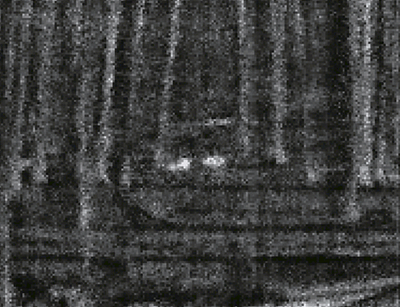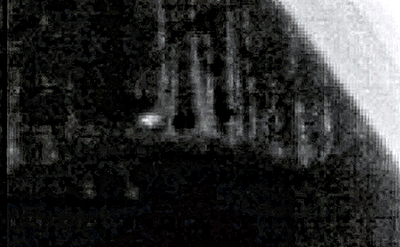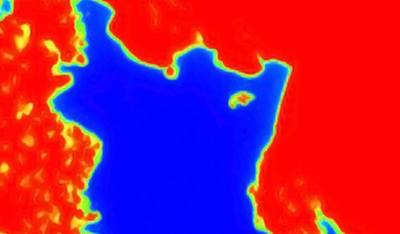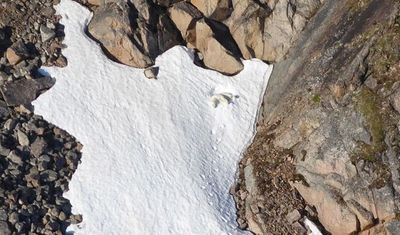|
While conducting research in the field, it should be the researchers last resort to place hands on wildlife. Reducing the amount of handling is critical. Similarly to humans, wildlife have numerous pressing stressors and threats in their everyday lives, and habitat they call home. Every second they are under anesthesia, and restrained, is time they will never get back. When they are captured and in our presence, we must bear in mind (no pun intended) that we are on their clock. A smooth, quick, and efficient handling process can assist in minimal disruption to the animal while returning it back to its habitat and home.
Collaring wildlife, especially bears and wolves has been disputed by many, including the public and researchers. While many see collars being invasive and cumbersome to wildlife, they are an important tool to wildlife management and research. Without the data gathered from these devices, we wouldn't understand a great deal of the information we have today (travel indices, locations, activity monitoring, home ranges, etc.) To the advantage of these wonderful pieces of equipment, a good majority of modern day GPS or radio collars have increased battery life, and technology to attempt and mitigate the need to re-collar an animal more frequently. Some collars are now designed as CRT, or known as commanded-released technology. This feature causes a collar to be dropped off an animal by a certain date, allowing for retrieval by researchers. However, some collars can give real time data; this is most GPS collars. A recently published study "Detecting Denning Polar Bears with Forward-Looking Infrared (FLIR) Imagery" uses both satellite and VHF transmitters fixed on the bears, in combination with FLIR technology. Polar bears emit approximately 200 watts of heat energy while denning; dens are 30 degrees celsius higher than ambient levels; surface areas over top dens averaged 10 degree celsius warmer, than those in snowbanks adjacent to the den. The researchers in this study hypothesized they would be able to detect these signatures using FLIR technology, and they were successful. This sort of technology could potentially, further minimize the handling of bears or other wildlife. FLIR technology in combination with aerial flights could allow for increase in better observability and add to current ecological survey methods. ---Amstrup, S. C., York, G., McDonald, T. L., Nielson, R., & Simac, K. (2004). Detecting denning polar bears with forward-looking infrared (FLIR) imagery. AIBS Bulletin, 54(4), 337-344.---
0 Comments
Leave a Reply. |
AuthorTyler Brasington is a native born and raised Pennsylvanian, yet proud current Wisconsin resident. He graduated from the University of Wisconsin-Whitewater with a B.S. in Environmental Science. Currently, Tyler is pursuing his masters in Natural Resources with the University of Wisconsin-Stevens Point. He has worked in Yellowstone National Park under the guidance and supervision of Dr. George Clokey and Dr. Jim Halfpenny. Disclaimer: The information and views expressed on this page do not necessarily represent the views of the Department of Interior, US Geological Survey, National Park Service or the United States Government.
The Greater Yellowstone Grizzly Project
www.yellowstonegrizzlyproject.org © 2021 Tyler Brasington All rights reserved. No portion of this website may be reproduced in any form without permission from the publisher, or appropriate authors, except as permitted by U.S. copyright law. For permissions contact: [email protected] Archives
February 2021
Categories |
- Welcome
- Home
- About
- Submit sightings
- Family Tracker
- Publications & Research
- Natural Life History
- Cementum Age Determination for Grizzly Bears
- Nutrition & Diet
- Radio Telemetry and Wildlife Tracking
- Chemical Immobilization and Wildlife Handling
- Infectious Disease in Bears
- Effects of Wildfire on Grizzly Bears: Yellowstone 1988
- Mortality Database
- Photo gallery
- Contact







 RSS Feed
RSS Feed